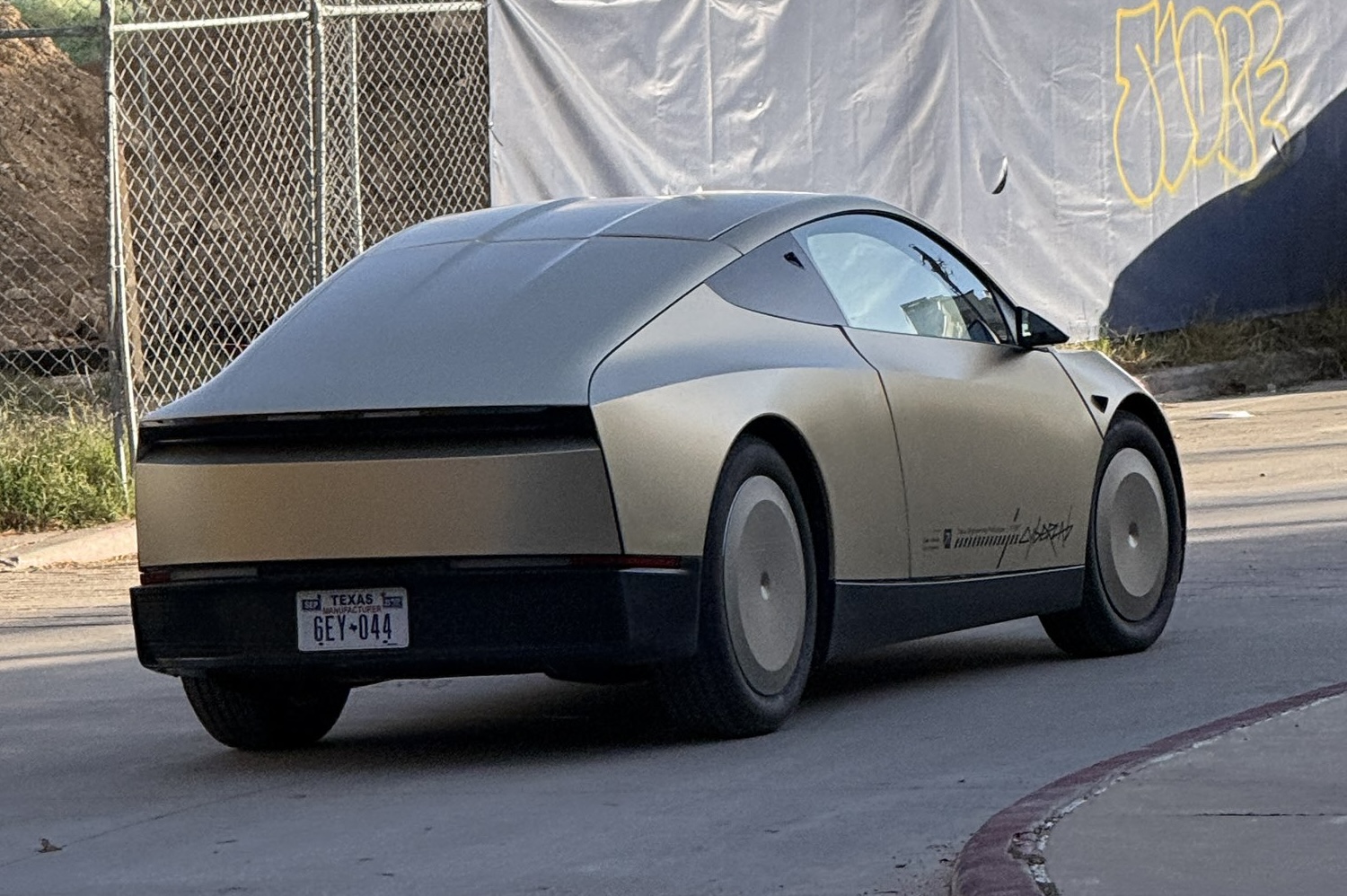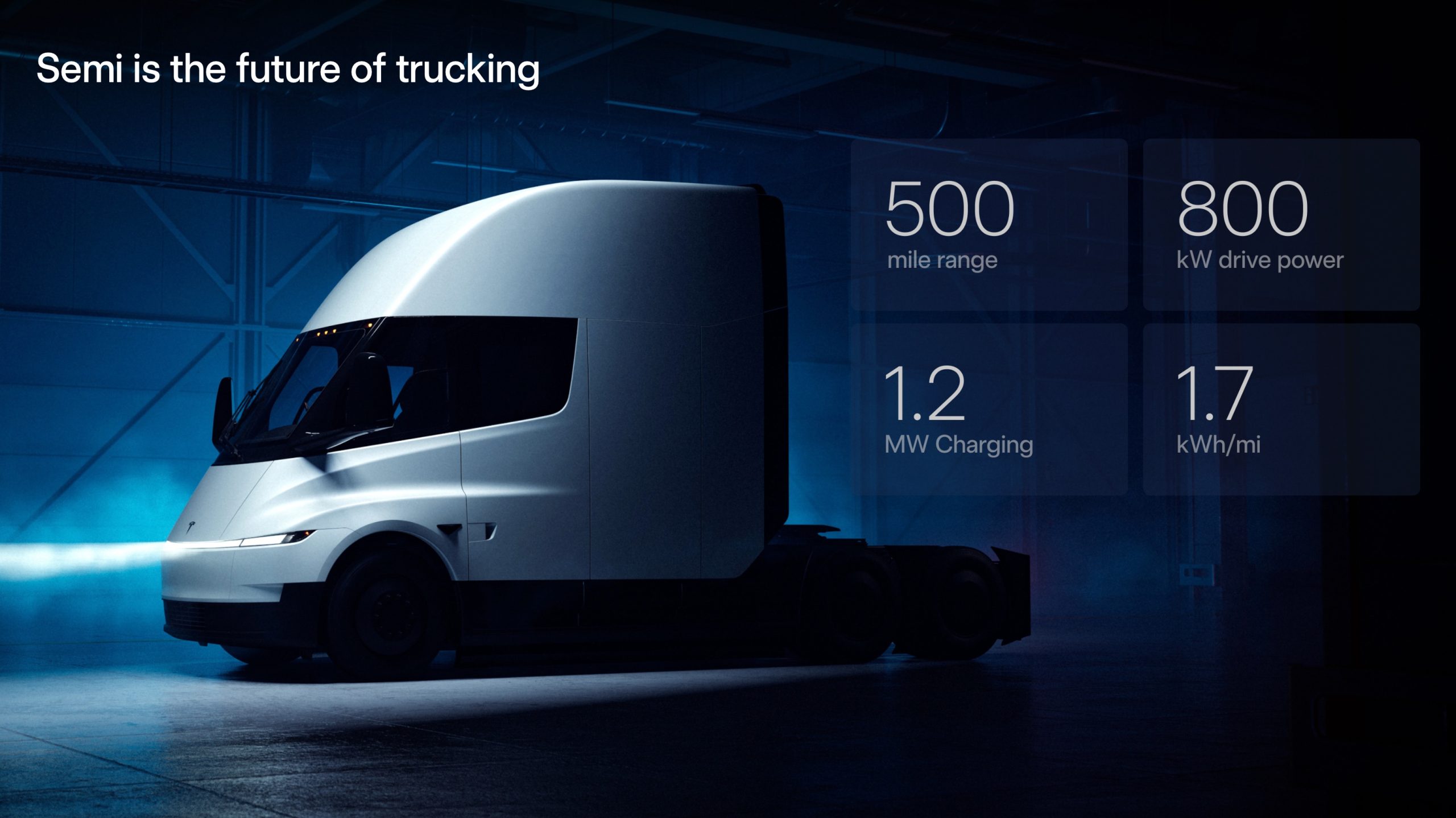

News
Tesla Model Y heat pump functions explained and explored in Munro teardown
One of the Tesla Model Y’s most talked about features is its heat pump, which replaced the electric resistive heating system used in the Model S, Model 3, and Model X. In a recent video uploaded by Detroit automotive veteran Sandy Munro, he drew comparisons between the Model Y’s heat pump to the old air conditioning compressor that was included in the Model 3. More importantly, Munro also talked about why he prefers the new system to the former.
The heat pump was the brainchild of Tesla’s engineering team. Additionally, Munro stated in his recent teardown video that the new heat pump from Tesla can accomplish both air conditioning and heating. Interestingly enough, the component is independently mounted from other parts underneath the hood, allowing the unit to shake and move freely when it’s operating.
“That shake does not turn into a noise vibration and harshness that you’d find inside the car,” Munro says, as he suggested that mounting the pump to other portions of the vehicle’s system could cause an unfavorable noise. “This is right. This is the way to do it.”
Munro noted that the heat pump’s compressor “crushes” gas down and sends it out into a pipe that navigates away from the pump. The vehicle then makes a decision based on the climate control settings in the car. It will either go into an air conditioning condenser if the driver wants cold air, or straight into the cabin if the heat is turned on. While simple, Munro’s explanation shows the efficiency of the system. It simplifies the overall structure of the Model Y’s climate control, while providing a whole new way for Tesla to maximize the efficiency of the vehicle.
In a previous video from Tesla owner-enthusiast Andy Slye, he explained that while the electric resistive heating systems in the electric car maker’s previous vehicles have a 100% efficiency rate, heat pumps generally have a 300% efficiency rate. While this seems improbable, a heat pump can generate 3kW of thermal energy from 1 kW of power. This helps address the usual reduction of range experienced by Teslas in cold climates.
The new system could eliminate the worries of consumers who live in areas where extremely cold weather is anticipated during winter months. Cold air increases drag, and while the battery and cabin require warming, range drops, causing more frequent charging stops. But with a more efficient climate control system, this does not have to be the case.
As for Munro, he believes that a heat pump was indeed the right choice for the Model Y. “I think it’s a good idea to have the heat pump as opposed to the heaters and all the other stuff they had inside (the Model 3), so I’m pretty happy about that,” he said.
Tesla’s engineering team performed some of the best work yet with the Model Y, as per CEO Elon Musk. And if Sandy Munro’s ongoing teardown is any indication, it appears that the Tesla Mode Y is really the company’s most disruptive vehicle to date.
Watch Munro’s breakdown of the Model Y heat pump below.

News
Tesla Cybercab tests are going on overdrive with production-ready units
Tesla is ramping its real-world tests of the Cybercab, with multiple sightings of the vehicle being reported across social media this week.

Tesla is ramping its real-world tests of the Cybercab, with multiple sightings of the autonomous two-seater being reported across social media this week. Based on videos of the vehicle that have been shared online, it appears that Cybercab tests are underway across multiple states.
Recent Cybercab sightings
Reports of Cybercab tests have ramped this week, with a vehicle that looked like a production-ready prototype being spotted at Apple’s Visitor Center in California. The vehicle in this sighting was interesting as it was equipped with a steering wheel. The vehicle also featured some changes to the design of its brake lights.
The Cybercab was also filmed testing at the Fremont factory’s test track, which also seemed to involve a vehicle that looked production-ready. This also seemed to be the case for a Cybercab that was spotted in Austin, Texas, which happened to be undergoing real-world tests. Overall, these sightings suggest that Cybercab testing is fully underway, and the vehicle is really moving towards production.
Production design all but finalized?
Recently, a near-production-ready Cybercab was showcased at Tesla’s Santana Row showroom in San Jose. The vehicle was equipped with frameless windows, dual windshield wipers, powered butterfly door struts, an extended front splitter, an updated lightbar, new wheel covers, and a license plate bracket. Interior updates include redesigned dash/door panels, refined seats with center cupholders, updated carpet, and what appeared to be improved legroom.
There seems to be a pretty good chance that the Cybercab’s design has been all but finalized, at least considering Elon Musk’s comments at the 2025 Annual Shareholder Meeting. During the event, Musk confirmed that the vehicle will enter production around April 2026, and its production targets will be quite ambitious.
News
Tesla gets a win in Sweden as union withdraws potentially “illegal” blockade
As per recent reports, the Vision union’s planned anti-Tesla action might have been illegal.

Swedish union Vision has withdrawn its sympathy blockade against Tesla’s planned service center and showroom in Kalmar. As per recent reports, the Vision union’s planned anti-Tesla action might have been illegal.
Vision’s decision to pull the blockade
Vision announced the blockade in early December, stating that it was targeting the administrative handling of Tesla’s facility permits in Kalmar municipality. The sympathy measure was expected to start Monday, but was formally withdrawn via documents sent to the Mediation Institute and Kalmar Municipality last week.
As noted in a Daggers Arbete report, plans for the strike were ultimately pulled after employer group SKR highlighted potential illegality under the Public Employment Act. Vision stressed its continued backing for the Swedish labor model, though Deputy negotiation manager Oskar Pettersson explained that the Vision union and IF Metall made the decision to cancel the planned strike together.
“We will not continue to challenge the regulations,” Petterson said. “The objection was of a technical nature. We made the assessment together with IF Metall that we were not in a position to challenge the legal assessment of whether we could take this particular action against Tesla. Therefore, we chose to revoke the notice itself.”
The SKR’s warning
Petterson also stated that SKR’s technical objection to the Vision union’s planned anti-Tesla strike framed the protest as an unauthorized act. “It was a legal assessment of the situation. Both for us and for IF Metall, it is important to be clear that we stand for the Swedish model. But we should not continue to challenge the regulations and risk getting judgments that lead nowhere in the application of the regulations,” he said.
Vision ultimately canceled its planned blockade against Tesla on December 9. With Vision’s withdrawal, few obstacles remain for Tesla’s long-planned Kalmar site. A foreign electrical firm completed work this fall, and Tesla’s Careers page currently lists a full-time service manager position based there, signaling an imminent opening.
News
Tesla Semi program Director teases major improvements

Tesla Semi Program Director Dan Priestly teased the major improvements to the all-electric Class 8 truck on Thursday night, following the company’s decision to overhaul the design earlier this year.
Priestley said he drove the Semi on Thursday, and the improvements appear to be welcomed by one of the minds behind the project. “Our customers are going to love it,” he concluded.
Just drove the redesigned Semi. Our customers are going to love it. https://t.co/KZ88sf1CDL
— Dan Priestley (@danWpriestley) December 19, 2025
The small detail does not seem like much, but it is coming from someone who has been involved in the development of the truck from A to Z. Priestley has been involved in the Semi program since November 2015 and has slowly worked his way through the ranks, and currently stands as the Director of the program.
Tesla Semi undergoes major redesign as dedicated factory preps for deliveries
Tesla made some major changes to the Semi design as it announced at the 2025 Annual Shareholder Meeting that it changed the look and design to welcome improvements in efficiency.
Initially, Tesla adopted the blade-like light bar for the Semi, similar to the one that is present on the Model Y Premium and the Cybertruck.
Additionally, there are some slight aesthetic changes to help with efficiency, including a redesigned bumper with improved aero channels, a smaller wraparound windshield, and a smoother roofline for better aero performance.
All of these changes came as the company’s Semi Factory, which is located on Gigafactory Nevada’s property, was finishing up construction in preparation for initial production phases, as Tesla is planning to ramp up manufacturing next year. CEO Elon Musk has said the Semi has attracted “ridiculous demand.”
The Semi has already gathered many large companies that have signed up to buy units, including Frito-Lay and PepsiCo., which have been helping Tesla test the vehicle in a pilot program to test range, efficiency, and other important metrics that will be a major selling point.
Tesla will be the Semi’s first user, though, and the truck will help solve some of the company’s logistics needs in the coming years.








